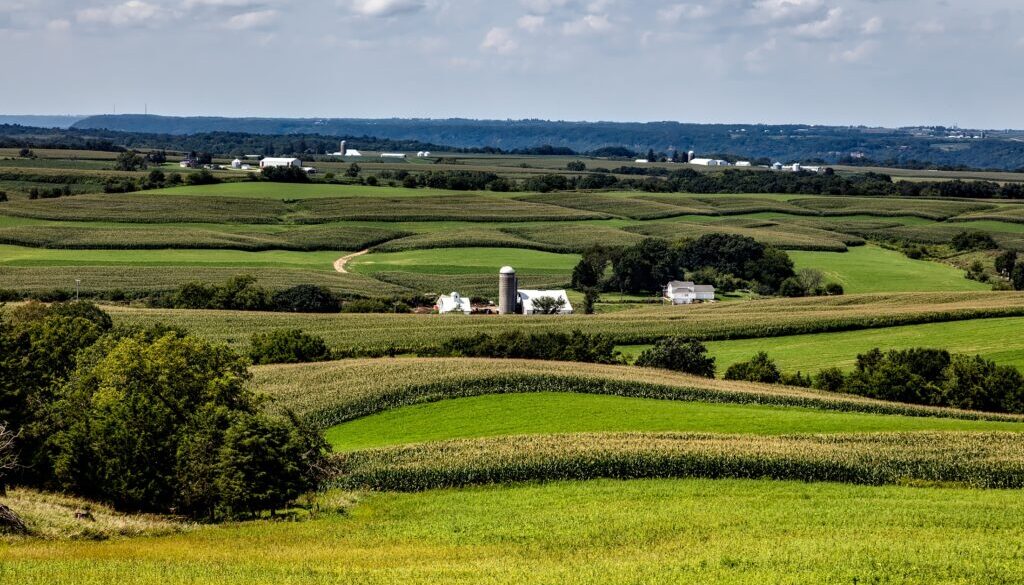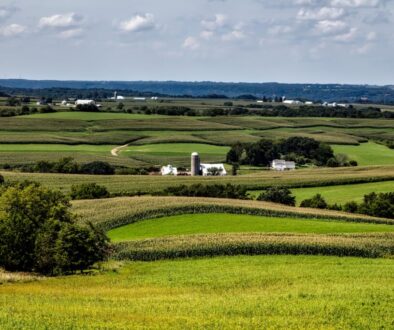Iowa Supreme Court Takes Conservative Approach to Airspace Hazards
Restrictions on land use near an airport are important for obvious reasons. Tall objects create hazards to ascending and descending aircraft, and local land uses that attract large numbers of people produce a greater risk of injury if something does go wrong on take off or landing. Various methods exist to limit building height and land uses; the most familiar are local zoning ordinances.
The Federal Aviation Administration (FAA) has also enacted rules for airports, known as the Part 77 rules. These rules help ensure the safe operation of the airport by describing “imaginary surfaces” above and around the airport that cannot be penetrated by obstructions like buildings or trees. The rules require that any proposed construction within certain distances from an airport be submitted to the FAA for a hazard determination. Until the FAA performs its assessment, construction is prohibited. The regulations permit the FAA to determine that an obstruction may not be a hazard even if it penetrates a Part 77 surface, if certain mitigating measures are taken.
The Iowa Supreme Court recently decided a case, Carroll Airport Commission, v. Danner, in which local farmers (the Danners) wanted to build a twelve-story grain leg (bucket elevator) in the flight path of the Carroll, Iowa, municipal airport. Unbeknownst to the Danners, the airport commission had adopted zoning regulations that limited the height of structures in the vicinity of the airport. The regulations generally match the Part 77 height restrictions. The Danners began construction before notifying the FAA or the airport of their plans.
A local airport commissioner saw the Danners’ construction taking place. The commission then told the Danners that the grain leg violated airport zoning regulations and would not be approved. The commission also asked the FAA to perform a hazard evaluation under Part 77. Though the proposed elevator leg exceeded the Part 77 height limits, the FAA made a “no hazard” determination “on the condition the farmer paint it and place blinking red lights on top.” Despite the “no hazard” determination, the commission refused to grant a variance from its zoning height restrictions and sued to require the elevator leg be torn down as a nuisance. The Danners defended the suit on the basis that, once the federal agency made a “no hazard” determination, that ruling took precedence and the commission was preempted from enforcing a more rigorous requirement.
The Iowa Supreme Court had to decide whether the local airport zoning could be enforced even though it was more exacting than the FAA’s determination. This raises the question of when a federal government action preempts local regulation. The answer implicates the Supremacy Clause of the U.S. Constitution:
This Constitution, and the laws of the United States which shall be made in pursuance thereof; and all treaties made, or which shall be made, under the authority of the United States, shall be the supreme law of the land; and the judges in every state shall be bound thereby, anything in the Constitution or laws of any State to the contrary notwithstanding.
Article VI, Clause 2, United States Constitution
The Supremacy Cause makes federal law the supreme law of the land, which controls over conflicting local law. This leaves open the possibility that local law is enforceable where it does not conflict with federal law. After analyzing the federal regulations, case law, and Iowa law, the Iowa Supreme Court determined there was no conflict between federal and local law here and, in fact, the federal laws contemplated that local rules could be more restrictive. In conclusion, the Court upheld the commission’s finding that the grain leg was a nuisance and a hazard to air navigation and ordered the structure removed.



